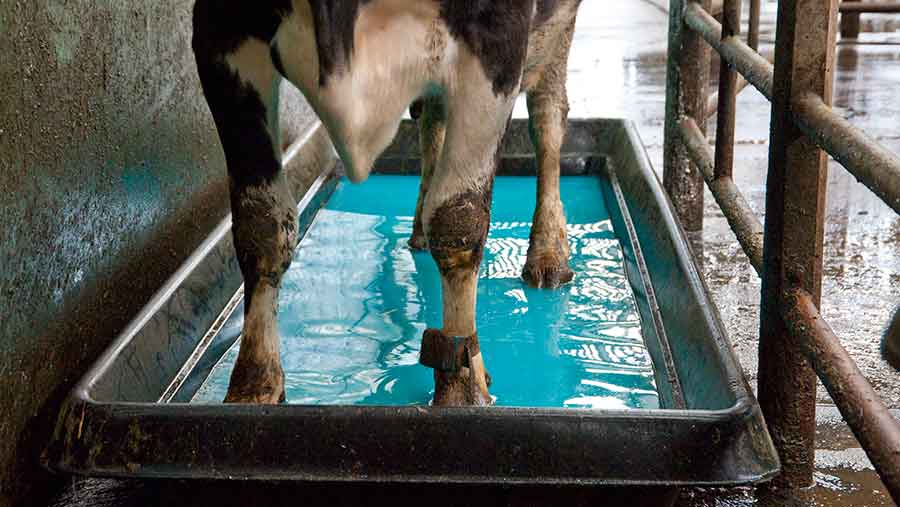Genetic selection could hold key to lameness control
 © FLPA/REX/Shutterstock
© FLPA/REX/Shutterstock Genetic selection could be the future of lameness control, according to researchers at Liverpool University, who have found lameness is as heritable as milk yield.
In the past, low to moderate heritability estimates have been reported for lameness.
However, this is thought to be due to the poor quality of phenotypic (physical characteristics) records, said George Oikonomou, senior lecturer at the University of Liverpool.
See also: Infectious causes of lameness in beef cattle and how to treat them
Research from the university questioned the heritability of lameness.
And while it largely comes down to environmental factors, data so far has proved it can be as heritable as milk yield, he added.
“Collection of good-quality information has proved higher levels of heritability, with data showing 29% (heritability) for sole ulcers, 35% for interdigital hyperplasia and 22% for digital dermatitis.”
While feet and leg section data is based on the appearance of the feet and locomotion – and doesn’t take into account lameness incidences – this could be something that changes in the near future, said Dr Oikonomou.
“Most farmers still don’t report lesions – it could make a big difference. Eventually we could be able to identify all the factors contributing to lameness and switch them on and off through genetic selection.”
